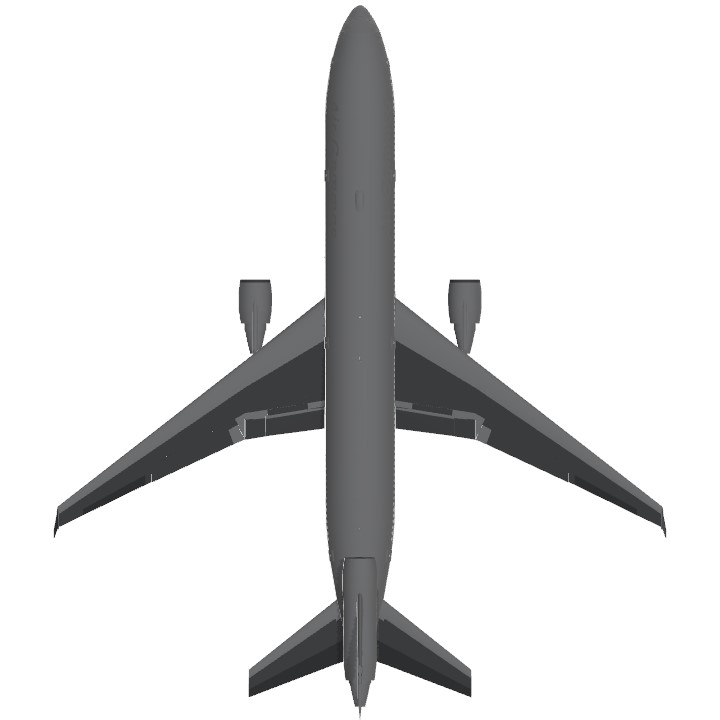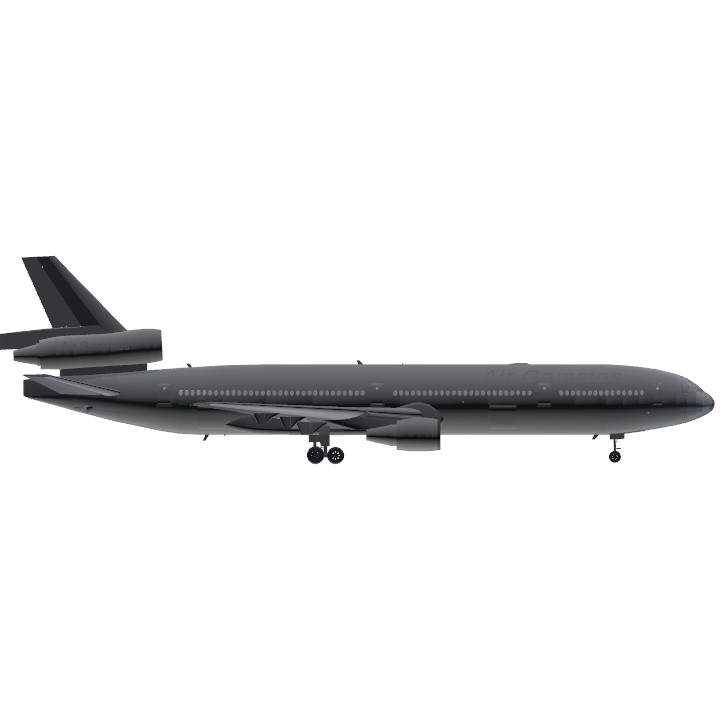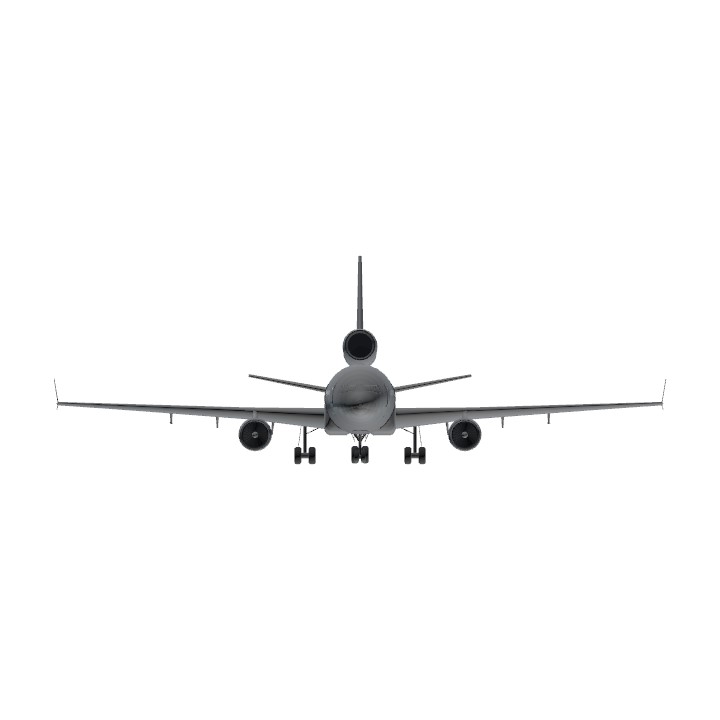About Air Gammos
Air Gammos, founded on December 18, 1934, by visionary entrepreneur Laren Cjeron, pioneered aviation in Asteania. Headquartered in Sjonninkara, Air Gammos' humble beginnings paved the way for greatness. Initially operating with a single Boeing 247, delivered on December 28, 1934, the airline expanded rapidly. Laren Cjeron's leadership and innovative spirit drove Air Gammos' success. By 1937, Air Gammos linked Sjonninkara to major Asteanian cities. International routes followed, connecting Asteania to neighboring nations. Air Gammos' fleet grew, introducing Douglas DC-3s and DC-4s. Post-WWII, the airline resumed services, modernizing infrastructure. In 1952, Air Gammos introduced its signature golden wing logo. The 1960s saw jet-powered aircraft, like Boeing 707s, join the fleet. Transcontinental flights commenced, solidifying Air Gammos' global presence. Laren Cjeron retired in 1970, passing leadership to his protégé, Arin Vexar. Air Gammos continued innovating, adopting advanced technology. In 1985, the airline launched its loyalty program, Golden Wings Club. Air Gammos expanded into cargo services and charter operations. Throughout the 1990s, the fleet modernized with Airbus A320s and Boeing 737s. In 2001, Air Gammos joined the Sky Alliance network. Enhanced in-flight entertainment and amenities followed. Air Gammos celebrated 75 years in 2009 with commemorative flights. Laren Cjeron's legacy was honored with a Sjonninkara airport terminal renaming. Air Gammos invested in sustainable aviation fuels and eco-friendly practices. In 2015, the airline unveiled its sleek, silver-and-gold livery. Air Gammos entered the digital age with mobile check-in and apps. Today, Air Gammos operates a diverse fleet, serving destinations worldwide. As Asteania's flagship carrier, Air Gammos embodies national pride. With a strong legacy and forward-thinking approach, Air Gammos soars into the future. Laren Cjeron's pioneering spirit continues guiding the airline. Air Gammos remains committed to exceptional service and passenger experience. With a rich history and bright horizon, Air Gammos excels as a global aviation leader.
About The MD-11
The McDonnell Douglas MD-11 is an American tri-jet wide-body airliner manufactured by American manufacturer McDonnell Douglas (MDC) and later by Boeing. Following DC-10 development studies, the MD-11 program was launched on December 30, 1986. Assembly of the first prototype began on March 9, 1988. Its maiden flight occurred on January 10, 1990, and it achieved Federal Aviation Administration (FAA) certification on November 8. The first delivery was to Finnair on December 7 and it entered service on December 20, 1990.
It retains the basic trijet configuration of the DC-10 with updated GE CF6-80C2 or PW4000 turbofan engines. Its wingspan is slightly larger than the DC-10 and it has winglets. Its maximum takeoff weight (MTOW) is increased by 14% to 630,500 lb (286 t). Its fuselage is stretched by 11% to 202 ft (61.6 m) to accommodate 298 passengers in three classes over a range of up to 7,130 nautical miles [nmi] (13,200 km; 8,210 mi). It features a glass cockpit that eliminates the need for a flight engineer.
The MD-11 failed to meet its range and fuel burn targets, which resulted in the aircraft selling poorly, with only 200 examples built, of which roughly a quarter were freight aircraft. After retirement from passenger service (last flight being by KLM in November 2014), many of the MD-11 passenger fleet were converted into freighter specification, many of which are still in service today. The last of 200 aircraft was built in October 2000 after Boeing merged with McDonnell Douglas in 1997.
Origins
Although the MD-11 program was launched in 1986, McDonnell Douglas had started to search for a DC-10 derivative as early as 1976. Two versions were considered then: a DC-10-10 with a fuselage stretch of 40 feet (12 m) and a DC-10-30 stretched by 30 feet (9.1 m). The latter version would have been capable of transporting up to 340 passengers in a multi-class configuration, or 277 passengers and their luggage over 5,300 nautical miles (9,800 km; 6,100 mi). At the same time, the manufacturer was seeking to reduce wing and engine drag on the trijet. Another version of the aircraft was also envisaged, the "DC-10 global", aimed to counter the risks of loss of orders for the DC-10-30 that the Boeing 747SP and its range were causing. The DC-10 global would have incorporated more fuel tanks.[4]
While continuing their research for a new aircraft, McDonnell Douglas designated the program DC-10 Super 60, previously known for a short time as DC-10 Super 50. The Super 60 was to be an intercontinental aircraft incorporating many aerodynamic improvements in the wings, and a fuselage lengthened by 26 feet 8 inches (8.13 m) to allow for up to 350 passengers to be seated in a mixed-class layout, compared to 275 in the same configuration of the DC-10.[4]
Following more refinements, in 1979 the DC-10 Super 60 was proposed in three distinct versions like the DC-8. The DC-10-61 was designed to be a high-capacity medium-range aircraft. It would have a fuselage stretch of 40 feet (12 m) over the earlier DC-10 models, enabling it to carry 390 passengers in a mixed class or 550 passengers in an all-economy layout, similar to Boeing's later 777-300 and Airbus A340-600. Like the DC-8, the series 62 was proposed for long-range routes. It would feature a more modest fuselage stretch of 26 ft 7 in (8.10 m), along with an increased wingspan and fuel capacity. It would be capable of carrying up to 350 passengers (mixed class) or 440 passengers (all-economy), similar to the later Boeing 777-200 or the Airbus A330-300/A340-300/500. Finally, the series 63 would have incorporated the same fuselage as the DC-10-61 as well as the larger wing of the -62. After high-profile accidents in the 1970s, such as Turkish Airlines Flight 981 and American Airlines Flight 191, the trijet's reputation was seriously damaged by doubts regarding its structural integrity. For these reasons, and due to a downturn in the airline industry, all work on the Super 60 was stopped.[4]
Source: Wikipedia (MD-11), Chatgpt (Air Gammos),Feige3 (For his swiss MD-11)
Cool Image taken by me

Specifications
General Characteristics
- Predecessor McDonnell Douglas MD-11 Swissair HB-IWF "Vaud"(Remake)
- Created On Windows
- Wingspan 171.7ft (52.3m)
- Length 202.1ft (61.6m)
- Height 58.5ft (17.8m)
- Empty Weight 350,038lbs (158,774kg)
- Loaded Weight 579,511lbs (262,862kg)
Performance
- Power/Weight Ratio 0.584
- Wing Loading 24.8lbs/ft2 (121.2kg/m2)
- Wing Area 23,346.4ft2 (2,169.0m2)
- Drag Points 80897
Parts
- Number of Parts 796
- Control Surfaces 12
- Performance Cost 3,709




